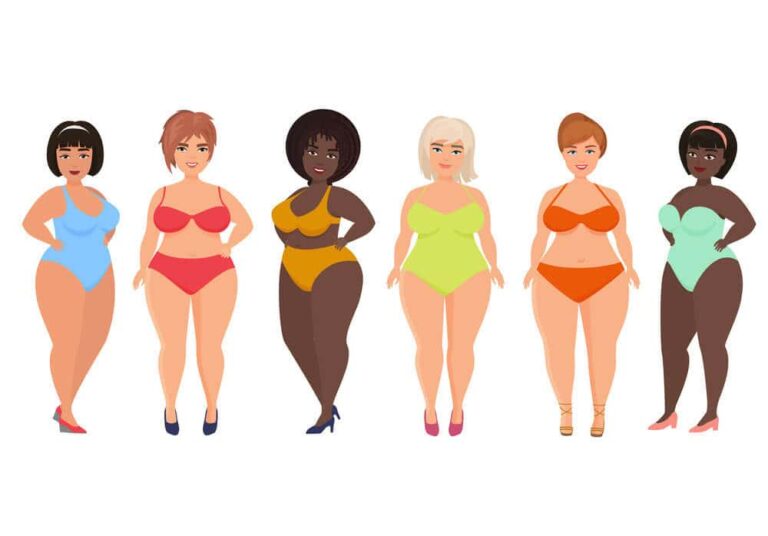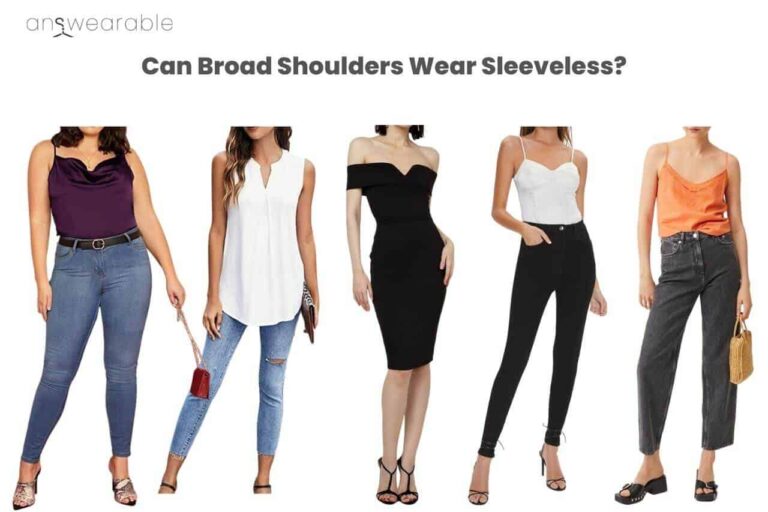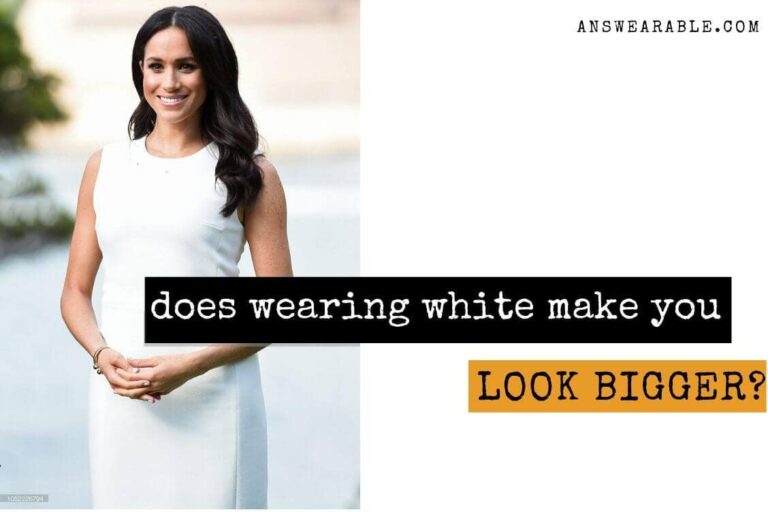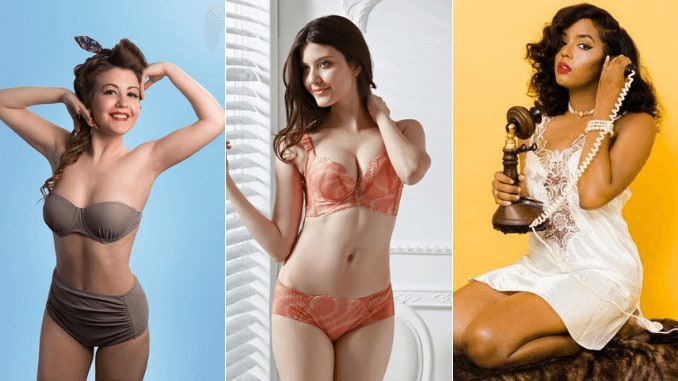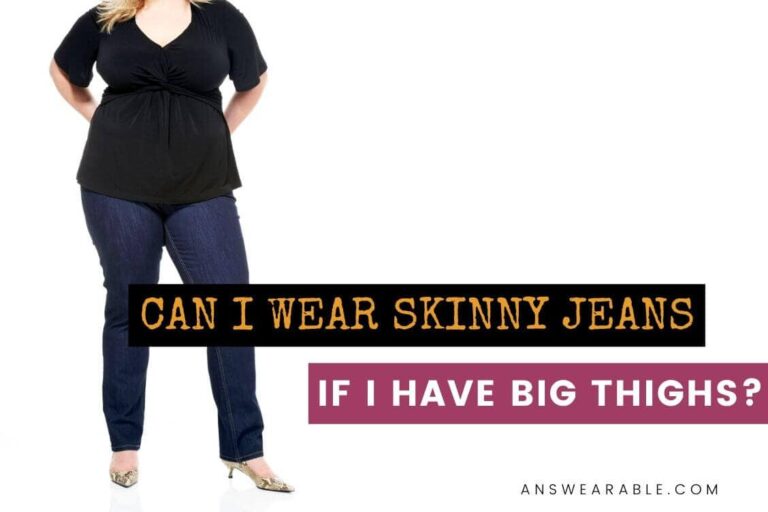Have you ever browsed for plus size stuffs online and while looking at the models, you realize: Wow, here are these “plus size models”. We’re the same size but oh my goodness, my tummy isn’t as flat as theirs. How the heck do they have flat stomachs? Don’t even get me started with the slim faces. Why don’t plus size models have double chins? Literally all of them have slim faces.
So I decided to do a little research online. And here’s what I found. Plus size models have flat stomachs and skinny faces because they’re born with hourglass and pear shape figures. These body types naturally gain the least fat in their bellies and faces. Instead, the fat goes to their hips, thighs, and breasts, which is very in to our current “beauty standards”. It’s also about proportions. The shorter your height is, the slimmer you should get, otherwise, the camera isn’t gonna like you.
In other words, these models got lucky in the genetic lottery and gain fats in the right places. Of course, that’s bad news for us apple ladies who’ll never have defined waist and always gain the extra fat in the “wrong places”.
To add insult to injury, that’s not all. It turns out that the plus size industry has been using uncanny tricks up their sleeves to make their models appear as hourglass as possible. In the book Fashioning Fat: Inside Plus-Size Modeling, by Amanda Czerniawski, a sociology professor, who has also worked as a plus size model for 2.5 years, here’s what I found:
Most “plus size models” aren’t plus size at all
They’re the “in-betweeners” who range from sizes 8 to 12. They’re too big to model as 0-2 sizes but too small to model as plus size. The solution? Padding and silicone breast enhancers to add volume where there’s none. The result? The impressive slim waist and limbs of a size 10 but the voluptuous hips and bosom of a size 16.
This begs the question: Why not just hire an actual plus size model to save the padding? Well, silly you, that wouldn’t guarantee that the model would have the extra pounds in the right places, now would it? Remember it has to be an hourglass. An hourglass.
Photoshop
Even skinny models undergo the digital knife. With the plus size models’ miraculously flawless skin, completely devoid of cellulite, what makes us think they aren’t subjected to it too?
Liposuction
Not all models do this but the ones who do usually haven’t inherited an hourglass or pear shape body. By slicing the waist fat out, the figure will simply be a larger version of the new body shape in case of a weight gain happens. This does make the supply of job contracts more stable.
Who’s to blame?
While it’s easy to put the blame on brands and the fashion industry, the problem really isn’t as black and white as that. Here’s why:
Since television was invented, it’s been generally considered that a woman with a slim and shapely figure is more attractive than a straight fat woman. Years and years of this seemingly harmless portrayal and soon it turned into automatic.
Every time we see an hourglass figure with a slim waist, wide hips and full breasts, our brains automatically say, wow! And every time we see the opposite, the effect is just not the same. It just can’t be helped. It’s rooted in our subconscious and brands know this.
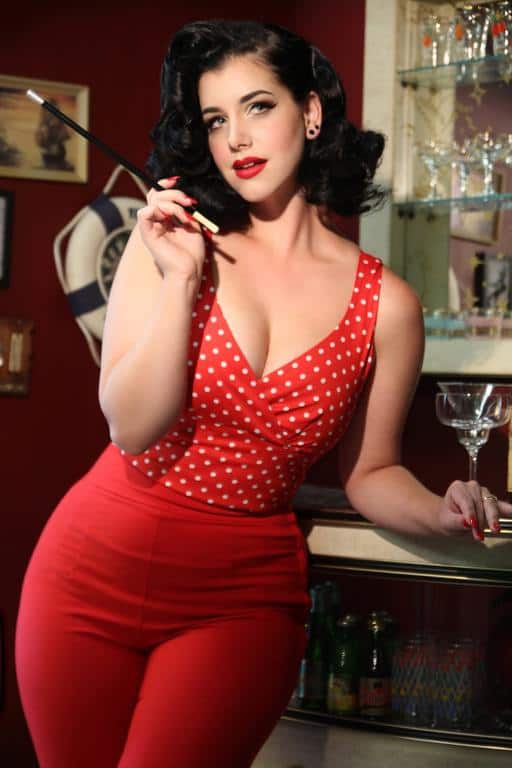
So if we ask the question, “Why are brands only focusing on plus size hourglass as if other shapes don’t exist?”, and want an honest answer, it’s this: Because of profit. Brands need to present their designs in a way that their target buyers can’t resist. After all, who wouldn’t want to look like an hourglass?
And it works. Until we receive our package and find that our tummy is bulkier, our chests poorly endowed, and our curves nowhere to be seen. Then we feel terrible, trying to fit into clothes that were marketed for us but nowhere near our figures. And if it fits, it just doesn’t fit the same.
Plus there’s the argument about whether plus size models are promoting obesity
One side believes diversifying plus size models is just like “tobacco companies promoting tobacco— it’s unhealthy and must not be encouraged. While the other side says even overweight people have to wear clothes. And wouldn’t it be great to wear something nicer than a sack made of fabric?
You see, both sides have a point. And a flaw.
The thing is, obesity has been around before plus size garments were invented. So yeah, fat people do need something to wear while learning to “love their body”. However, the phrase “learning to love your body” can be open to different interpretations, depending on the person saying it. Others might use it as an excuse to eat more unhealthily.
Perhaps the better solution is, design the clothes the plus size folks badly want and need and it might just make them happier and motivated to work for a healthier lifestyle. Wouldn’t it be nice that while they’re on their journey to weight loss, they don’t feel crap wearing a sack made of fabric?
The good news is, some brands really seem to be trying. Take the model Tess Holliday as an example. She’s a US dress size 22 and she really does represent a plus size figure. It sure is a promising start, wouldn’t you say?
So back to the hourglass issue…
Can we do something about other plus size body shapes not being attractive enough to be featured in fashion magazines and modeling? It’s possible.
With the power of social media and influencers, it could be possible. More and more women are relying on plus size vloggers and influencers for shopping tips as the reviews tend to be more reliable and authentic.
Hopefully, more and more brands will recognize this and finally include unconventional sizing in their collections. Slowly but surely, the world will start seeing beauty not just in hourglasses and pears but everyone. Sounds too good to be true? If so, the good thing is, you still have another choice.
Your responsibility
While it’s certainly refreshing to see brands starting to diversify their sizing (slowly), and unconventional models strutting the runway, don’t forget that you owe it to yourself to draw a firm line between what’s healthy and what’s not. The good thing is, in order to be healthy, you don’t have to look supermodel skinny.
Remember, that between these two extreme opposing sides of “to plus size” or “not to plus size”, there’s this sweet, middle ground, where you can be full-figured but not obese. Now, isn’t that comforting?
You Might Also Like:


